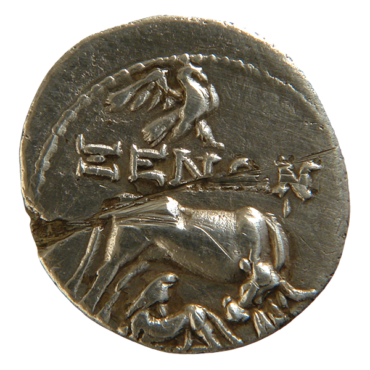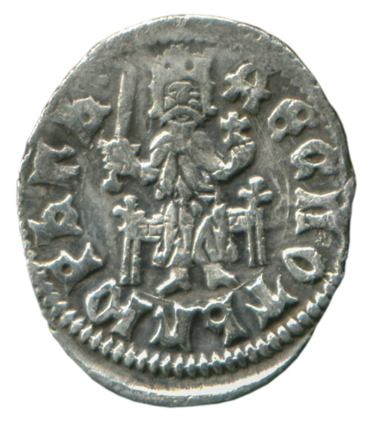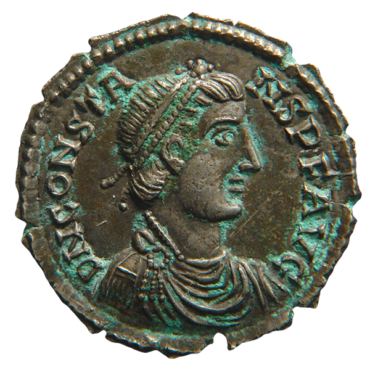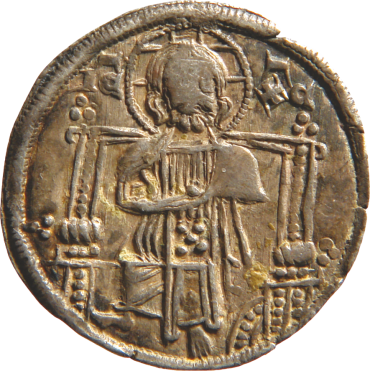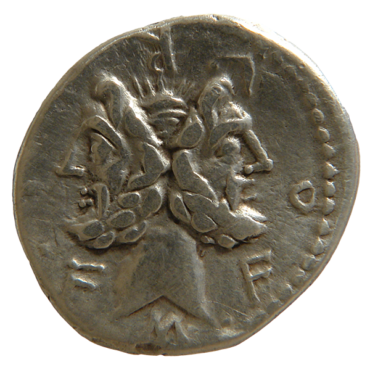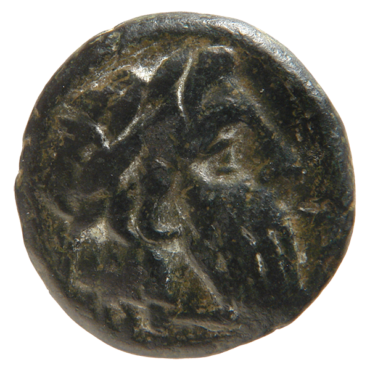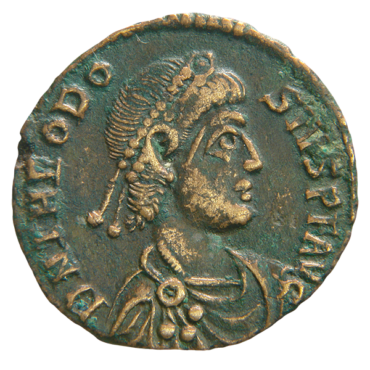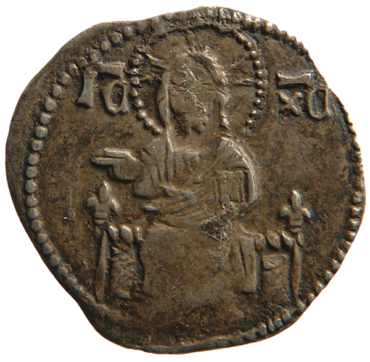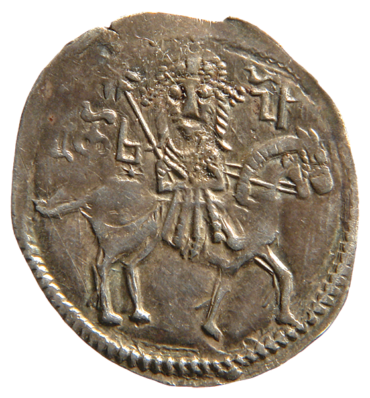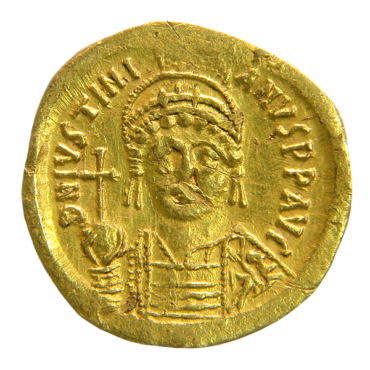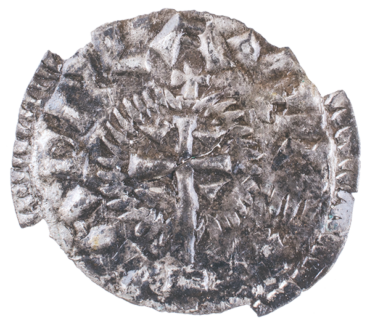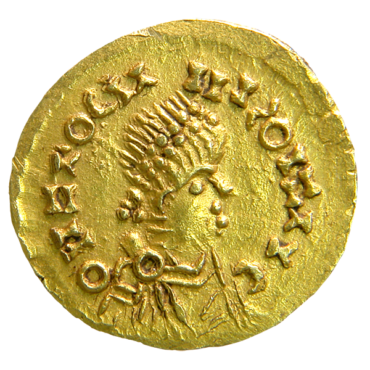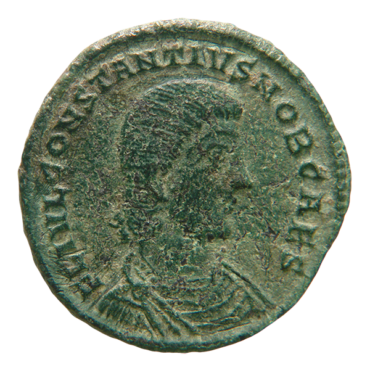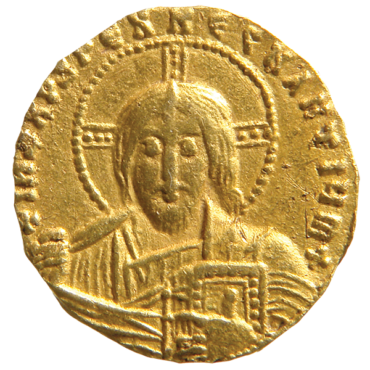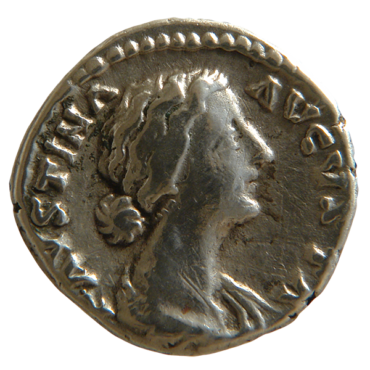COIN COLLECTION (ANTIQUITY TO LATE MIDDLE AGES)
The collection consists of 4500 coins found in regions of Pomoravlje, Resava and Levač, mostly acquired through donation and purchase. Its oldest part is Greek coinage represented by two hoards and several individual specimens. The hoard from Paraćin contains bronze issues of Philip II (359-336 BC), Alexander III the Great (336-323 BC), Philip III (323-316 BC) and the western Pontic cities of Messembria and Odessa. The hoard found in Levač contains 3rd-1st century BC bronze coins of Thessalonika, the Pergamon king Phileter, the city of Tarsus, as well as the coin of Syrian king Antiochus II Theos (261-246 BC), minted in Sardis. Among the individual finds one should mention a tetradrachm of Athens, a drachma of Demetrius II Nicator (145-140 BC; 129-125 BC), and several 2nd century BC issues with Greco-Roman features – the coins of the Corinthian colonies Apollonia and Dyrrachion.
The core of the collection comprises Roman coinage represented by several 3rd C. hoards, as well as issues of the Roman Republic to the Late Antiquity. The most significant is the hoard found in 1971 at the „Staklena bašta“ site in Jagodina. The hoard, originally stored in a ceramic vessel, consists of nearly 2000 antoniniani of 14 Roman emperors and their siblings from Valerian (253-260) to Diocletian (284-305). This is the only complete find of this kind and from this period in the Upper Moesia territory. A little older is the hoard from the Glavica site on the Crni vrh, a part of a larger finding of over 600 coins ranging from Caracalla (198-217) to Gallienus (253-268).
The Medieval coinage is represented by individual finds and hoards of Byzantine, Friesach, Venetian, Serbian and Hungarian coins. The most numerous are hoards of billon trachea found in in the vicinity of Jagodina (with 13 specimens), Paraćin (134 specimens) and Svilajnac. The last one with 1673 billon trachea coins ranges from Manuel I Comnenus (1143-1180) to Andronicus I (1183-1185), Isaac II Angelus (1185-1195), Alexius III Angelus (1195-1203), a large number (1233) of the so-called “Bulgarian” and “Latin imitations” and Theodore I Lascaris (1208-1222). However, the most valuable are Byzantine gold issues of Theodosius II (408-450) to Constantine VII and Roman II (945-959), and a Germanic imitation of coinage of Emperor Anastasius. The issues of other European mints comprise Venetian matapans, the 11th-12th C. Friesach hoard found in Ćuprija and one from Manastirak near Rekovac containg 200 denars of the Hungarian king Sigismund of Luxembourg (1387-1437). The Serbian coinage is represented by dinars from King Milutin (1282-1321) to the fall of the Despotate. The rare issues minted by Lazar and Djuradj (around 1402-1410), the sons of lord Vuk Branković, are especially significant, as well as are the coins of Djuradj Branković (1402-1456), from the hoard found in Jošanica.
Curator: Smiljana Dodić



